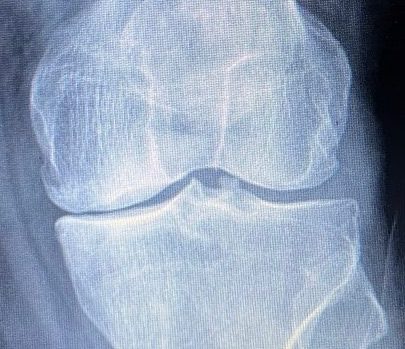Voltage-gated sodium channels are crucial components of the nervous system, acting as gatekeepers that control the flow of sodium ions into nerve cells. This flow is essential for conducting electrical signals along neurons, allowing our bodies to perform functions like movement and sensation. But what happens when these channels play a role in a condition like osteoarthritis? Let’s dive into this intriguing intersection of neurology and joint health.
Osteoarthritis (OA) is a degenerative joint disease that primarily affects the elderly but can also occur in younger individuals due to various factors like genetics or injury. It’s characterized by the breakdown of cartilage, the cushioning material at the end of bones, and changes in the bone underneath, leading to pain, stiffness, and reduced mobility.
In the context of osteoarthritis, voltage-gated sodium channels are of particular interest because they are involved in pain perception. When joints deteriorate due to OA, the body’s response includes inflammation and the activation of nerve fibers in the affected area. Sodium channels in these nerve fibers become more active, leading to increased pain signals sent to the brain.
Now, let’s explore some medications that target these sodium channels, aiming to alleviate pain in osteoarthritis:
• Lidocaine: Often used as a local anesthetic, lidocaine can be applied topically or injected into the joint to temporarily block sodium channels, reducing pain signals from the affected area.
• Carbamazepine: Primarily used for treating neurological conditions like epilepsy, carbamazepine can also modulate sodium channels and has been explored for pain relief in various conditions, including OA.
• Lamotrigine: Another drug used in the management of epilepsy and certain psychiatric disorders, lamotrigine acts on sodium channels and may have potential in managing chronic pain, including that associated with OA.
While these medications can help manage pain by targeting sodium channels, it’s important to remember that treatment for osteoarthritis often involves a comprehensive approach. This approach may include physical therapy, weight management, and other pharmacological interventions to address the various aspects of the disease.
In summary, the study of voltage-gated sodium channels offers valuable insights into the mechanisms of pain in osteoarthritis. Medications targeting these channels represent an important avenue for pain management, helping individuals with OA lead more comfortable and active lives. As research continues, we may discover even more effective ways to address the pain associated with this common yet complex condition.

